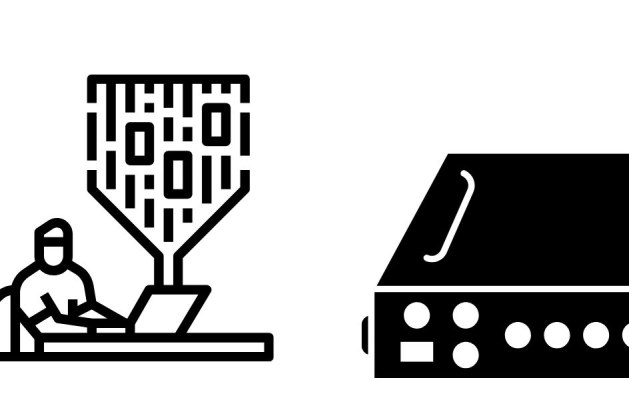An encoder is a combinational circuit used in digital electronics to convert multiple input signals into a coded binary format. It reduces the number of data lines, making signal processing more efficient. Encoders play a crucial role in digital communication, control systems, and automation.
In this blog, we will explore what an encoder is, its working principle, types, truth table, applications, and advantages.
1. What is an Encoder?
An encoder is a digital circuit with 2ⁿ input lines and n output lines that encodes input data into a binary code. It works as the reverse of a decoder, where multiple inputs generate a unique coded output.
For example, a 4-to-2 encoder takes four input signals and generates a 2-bit binary output.
Truth Table for 4-to-2 Encoder
| Input D3 | Input D2 | Input D1 | Input D0 | Output Y1 | Output Y0 |
|---|---|---|---|---|---|
| 0 | 0 | 0 | 1 | 0 | 0 |
| 0 | 0 | 1 | 0 | 0 | 1 |
| 0 | 1 | 0 | 0 | 1 | 0 |
| 1 | 0 | 0 | 0 | 1 | 1 |
Here, each active input corresponds to a unique binary code.
2. Types of Encoders
Encoders can be categorized based on their function and structure:
a) Binary Encoder
- Converts multiple input lines into a binary representation
- Example: 8-to-3 binary encoder (8 inputs → 3-bit output)
b) Priority Encoder
- Assigns priority to inputs when multiple signals are active
- Outputs the highest-priority input

c) Decimal to BCD Encoder
- Converts decimal digits (0-9) into 4-bit Binary-Coded Decimal (BCD)
d) Octal to Binary Encoder
- Converts 8 input lines into a 3-bit binary output
e) Rotary Encoder
- Converts rotational movement into digital signals
- Used in motors, robotics, and automation systems
3. Applications of Encoders
Encoders are widely used in digital circuits, communication systems, and automation industries. Some common applications include:





4. Advantages and Disadvantages
Advantages:




Disadvantages:


5. Conclusion
Encoders are essential components in digital electronics, enabling efficient data conversion, signal encoding, and automation. With various types such as binary encoders, priority encoders, and rotary encoders, they serve multiple industrial and digital applications.
By understanding encoders, engineers can design optimized circuits for keyboards, communication systems, robotics, and industrial automation.




Leave a comment